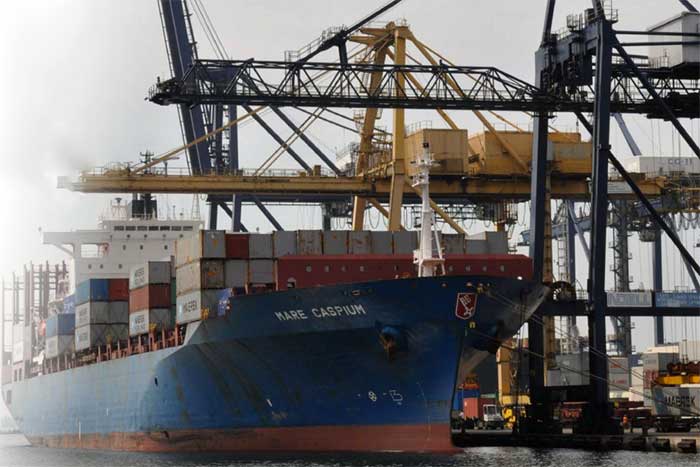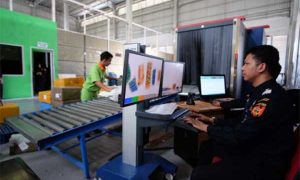
In the last four years, it is known that current account deficit in Indonesia has widened to the highest level. Dollar dependency and lack of foreign capital flow, as well as lack of raw material for production have made Indonesia has been impacted with economic sentiment. Bank of Indonesia and the government have made several policies to decrease its economic dependency towards dollar currency
Current balance account measures the activity of international trade of Indonesia. It also determines goods trade, service trade, assets and production factors revenue, collected from assets and workforce, and money transfer. Therefore, the country that becomes a debtor, which receives net loans from other countries, will record the current account deficit. It will need capital resources and financial flow to cover the deficit.
Current account deficit is not always necessarily considered bad for the economy of a nation. It is the same as negative cash flow of a company, deficit will result positive outcome if the state budget is used for funding productive investments that will earn revenue for the state budget in the future, namely for infrastructure and domestic industry development. However, deficit will not have positive outcome as earning revenue in the future if it is only used for funding consumption expenditures.
International Monetary Fund just recently stated that 1,5% of current account deficit of Indonesia’s State Budget is considered normal. However, current account deficit is still going to cause liability to creditor country if it’s not used for funding development that will earn revenue in the future.
Given the current account deficit percentage towards State Budget keeps getting higher, the government have considered the need to control the deficit to protect Indonesia’s fundamental economy. Therefore, the government have stipulated several policies and reviewed infrastructure projects specifically national strategic project, Biodiesel (B-20) usage implementation in order to decrease diesel fuel import, as well as reviewed policy of income tax on imported goods for boosting domestic products.
The review from this team has been examining the commodities that have been imported but don’t really add value to Indonesia’s economy significantly. Those commodities are later classified as tertiary needs such as luxury goods. The government has identified that there are at least 900 HS Codes of commodities that can be produced in this country, whereas those commodities will be imposed by higher import tariff.
This policy is also expected to be able to decrease consumer goods import from e-commerce since the import volume has been considered increasing sharply, meanwhile domestic industry shows the otherwise. This has been reflected from the growth by 6% each year of textile and textile products demand in Indonesia, however it is not stimulating domestic textile industry, instead showing the surge of the imported textile products.
Other Effects of the Increase of Income Tax on Import
It’s should be recognized that every policy has its own positive and negative effects. What comes into a question is what is the negative side and the shortcoming of this policy? Controlling import activities is not as easy it sounds. Controlling import activity can actually decrease current account deficit, yet it also has another impact on stalling the economy growth. Therefore, it needs thorough consideration before taking this policy into implementation.
It also has another impact on higher cost burdened to importers which eventually will be charged to the consumer in Indonesia. It is known that there are four kinds of import tax tariffs which are imposed to the importers namely, import duty, value added tax (VAT), income tax on import, and sales tax on luxury goods. Those taxes will be paid by the final consumer who buy the final products after its value added by taxes.
Therefore, this policy will significantly impact the consumer who want to make a good use of the import goods which are affected by this new policy. Based on Indonesian Tariff Book (BTKI), many of the tariffs are still above 10%, such as goods classified in section 8443 of post tariff can reach up to 150%. Therefore, the choice is on the consumer hand, whether to use more expensive goods or use the similar goods produced by domestic market with cheaper price.
Securing Indonesia’s Economy Through Current Account Deficit Control






